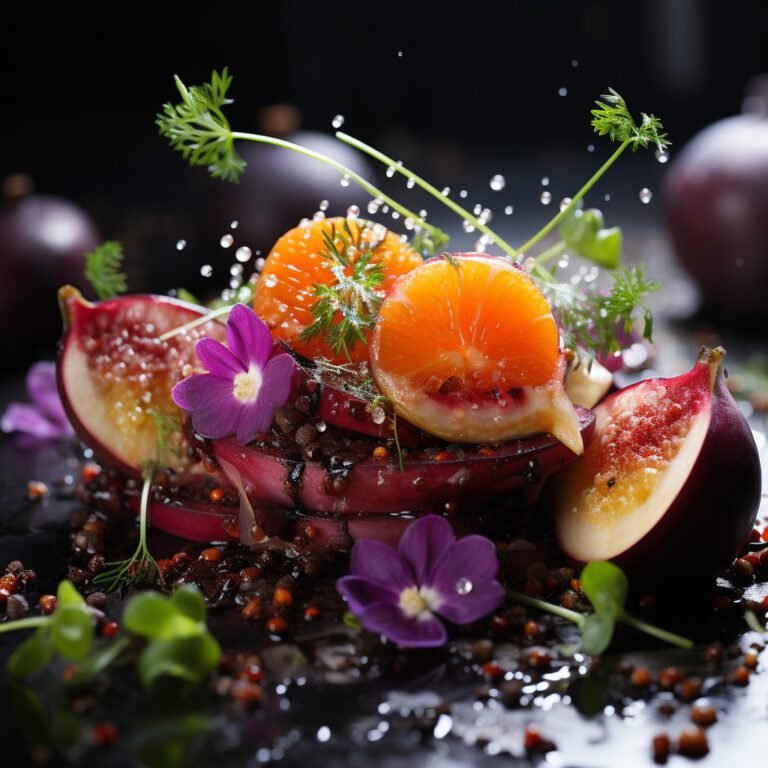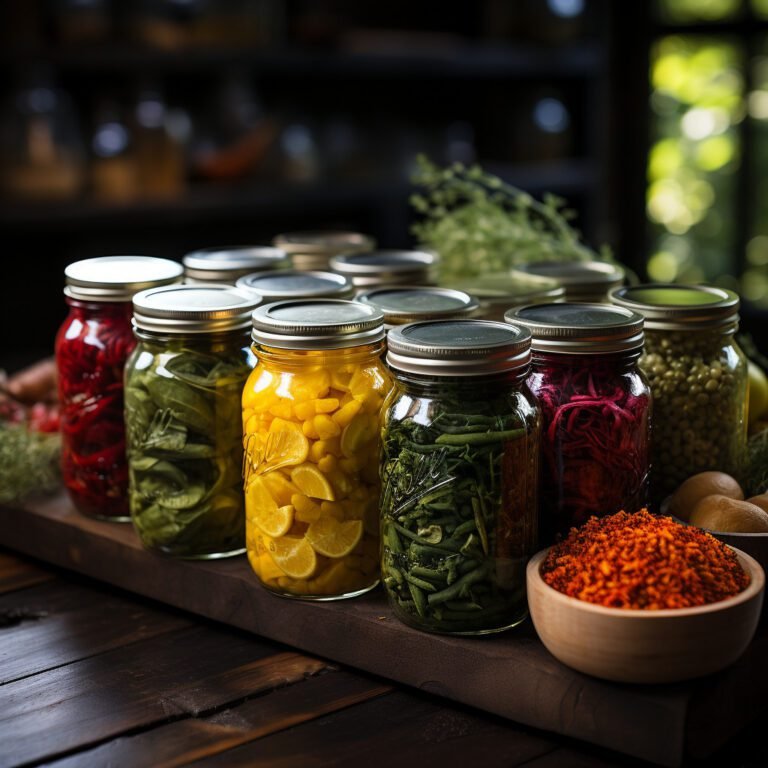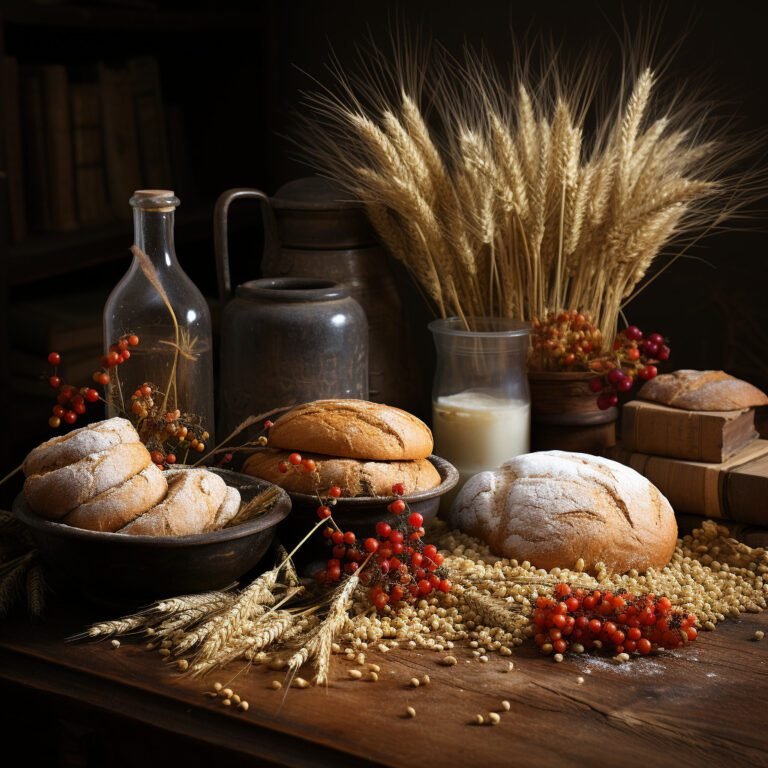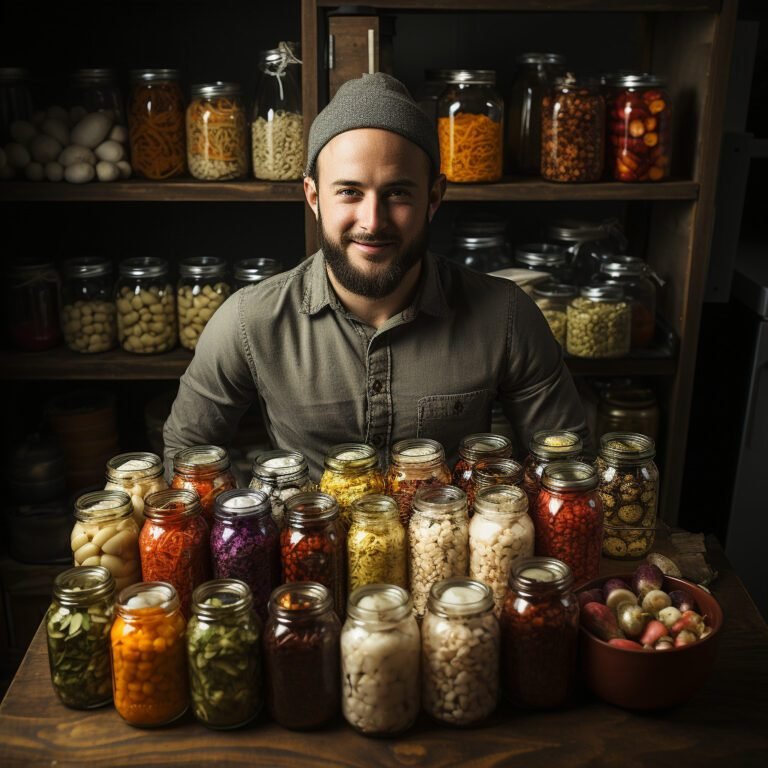The Art of Charcuterie: Crafting Gourmet Cured Meats at Home
The Art of Charcuterie: An Ancient Tradition
Charcuterie, a culinary art that has stood the test of time, has roots dating back to the first century in Rome. It’s a practice that involves the preparation and assembly of cured meats, often presented on a beautifully arranged board accompanied by various accompaniments like cheese, fruit, and bread. This gourmet delight not only pleases the palate but also the eyes, making it a favorite for gatherings and special occasions.
Why Craft Charcuterie at Home?
While charcuterie can be easily purchased from gourmet stores and delis, crafting it at home provides a unique experience and the opportunity to experiment with different flavors and textures. The process of curing meats at home allows you to control the quality and freshness of the ingredients, and the satisfaction of creating a gourmet product from scratch is incomparable. Moreover, it’s a skill that impresses guests and turns any gathering into a memorable event.
Getting Started with Home Charcuterie
The first step in the journey of home charcuterie is understanding the different types of cured meats. This includes salami, prosciutto, pancetta, and many others. Each type of cured meat has its own unique curing process and flavor profile. Having a good grasp of these will help you decide which ones to make at home.
Equipping your kitchen with the right tools is also essential. A good quality knife, a meat grinder, and a curing chamber are some of the basic tools you’ll need. Don’t forget about safety, ensure you have a clean workspace and follow proper food handling protocols to avoid any foodborne illnesses.
Mastering the Techniques of Curing Meats
Curing meats at home is a process that requires patience and precision. There are two primary methods of curing: dry curing and wet curing. Dry curing involves applying a mixture of salt and other ingredients directly onto the meat and letting it cure over time. This method is often used for making salami and prosciutto.
Wet curing, on the other hand, involves submerging the meat in a brine solution. This method is used for curing meats like ham and corned beef. The choice between the two largely depends on the type of meat you’re curing and the flavor you’re aiming to achieve.
Regardless of the method, remember that curing is not an exact science. It requires constant monitoring and adjustments based on factors like temperature and humidity. But don’t be intimidated. With practice and patience, you’ll soon be able to craft gourmet cured meats right in your own kitchen.
Embracing the art of charcuterie at home is not just about creating delicious cured meats. It’s about honoring an ancient tradition, experimenting with flavors, and sharing your creations with friends and family. So, why not give it a try? The journey might be long, but the rewards are truly satisfying.





